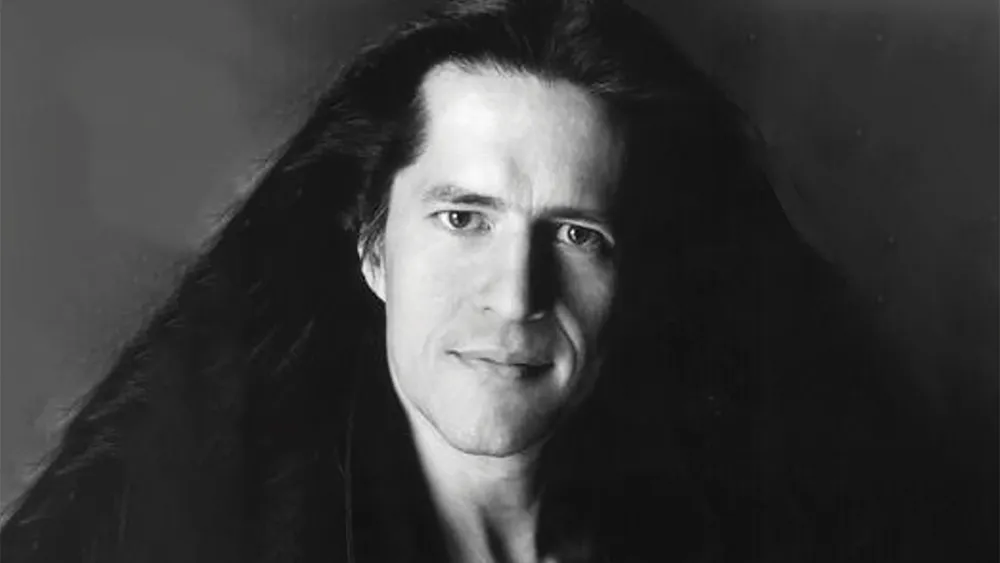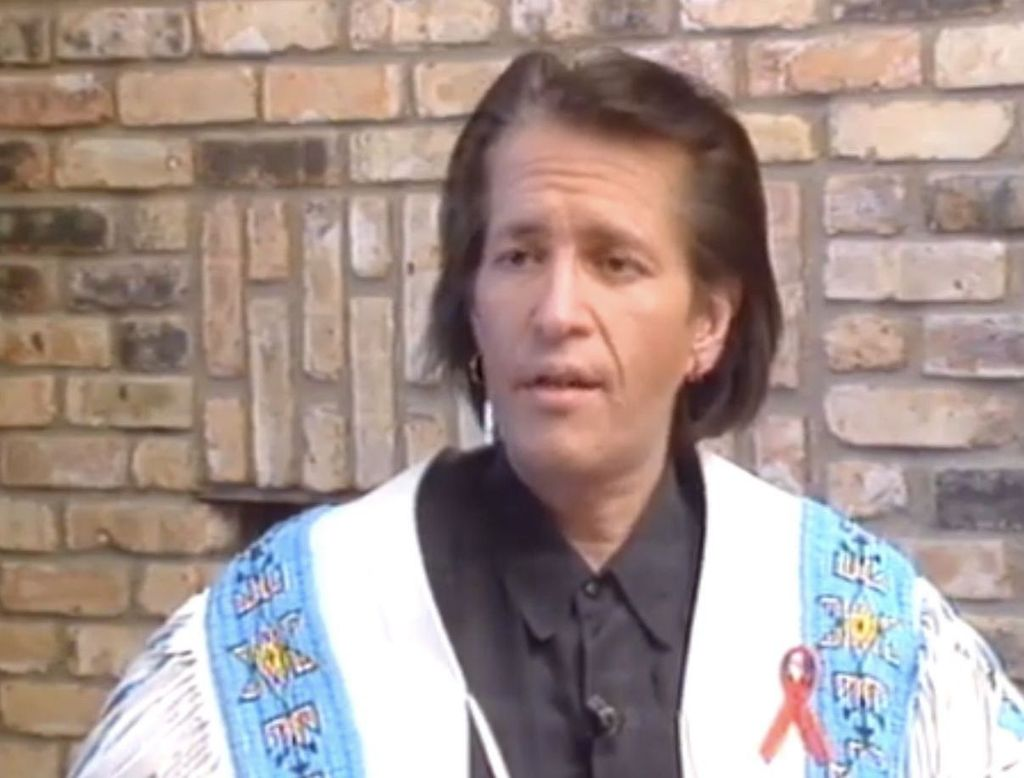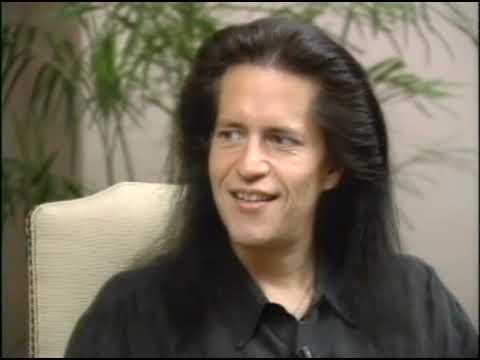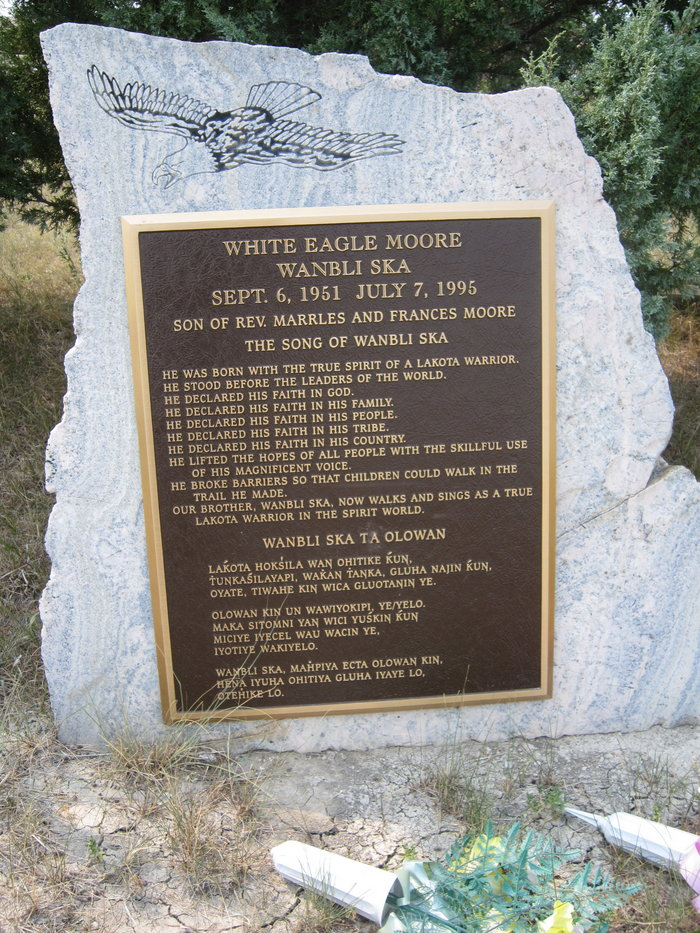In the world of performing arts, few stories shine as brightly or as boldly as that of Mervyn “White Eagle” Moore. His career was not just about talent it was a testament to resilience, heritage, and purpose. In 1982, he became the first Native American to headline in both opera and musical theater, a milestone that broke boundaries and opened doors for generations to come.
But Moore’s journey was never about being first. It was about honoring where he came from, elevating his community, and using his voice to do more than entertain. From modest beginnings in South Dakota to standing ovations at presidential galas, his legacy is as rich as it is inspiring.

Rooted in Heritage and Determination
Born in South Dakota to a mixed-heritage family, Mervyn Moore’s early life was shaped by both tradition and challenge. His Lakota ancestry was not something he left behind it was something he wore with pride. Adopting the name “White Eagle,” he chose to carry his culture forward with every performance, infusing his identity into every note he sang.
In a time when Native American representation in mainstream arts was rare and often stereotyped, Moore stood out not because he conformed, but because he celebrated who he was. His performances were filled with power, not just from his voice, but from the story behind it.

From Local Stages to National Recognition
Moore’s journey to the top was not overnight. He honed his craft on small-town stages, singing for audiences that ranged from church groups to civic clubs. His voice a commanding, soulful tenor quickly caught attention. What began as local admiration soon turned into national opportunity.
Video:
White Eagle from the Crystal Cathedral
He eventually made his way into major productions, where his versatility allowed him to perform both classical operatic roles and dynamic musical theater characters. His vocal talent, stage charisma, and unique background made him a standout performer in every setting. By 1982, he reached a historic milestone as the first Native American to headline in both worlds.
A Career Marked by Impact and Purpose
Throughout his life, Moore performed in over 4,000 shows. His repertoire spanned genres, styles, and stages. Whether it was a solo recital in a community center or a spotlight moment at a White House event, he gave each performance his full heart.
But Moore wasn’t just a performer. He was an ambassador for cultural pride and a quiet force for progress in an industry that had too long excluded voices like his. He challenged norms and expanded what was possible for Native performers everywhere.

Facing Illness with Strength and Grace
In the later years of his life, Moore was diagnosed with AIDS. At a time when the illness was deeply misunderstood and often shrouded in stigma, he made the courageous decision to speak publicly. Instead of retreating from the spotlight, he used his remaining years to uplift others through music and advocacy.
Video:
WhiteEagle
He performed in benefit concerts, worked with awareness campaigns, and shared his experience with honesty and compassion. His voice may have been impacted by illness, but his message grew stronger. Moore became an example of how artists could use their platform to lead with both vulnerability and strength.
Gone Too Soon, Remembered Forever
Mervyn “White Eagle” Moore passed away at just 43 years old. Though his time on earth was short, the mark he left on the world of performing arts was profound. His name remains a symbol of what is possible when talent meets courage and culture meets conviction.
He opened doors that had never been opened before and inspired countless young Native performers to believe in their potential. His story lives on in every voice that dares to rise above expectations and in every stage that now welcomes broader, richer stories.

Conclusion: His Song Still Echoes
Mervyn Moore’s life was more than a musical journey it was a movement. He proved that one person, grounded in identity and fueled by purpose, could change an entire industry. Through his performances, he told stories that needed to be heard. Through his example, he showed that greatness is not about conforming, but about rising.
Today, his legacy endures. Not in statues or headlines, but in the thousands of artists who stand taller because he once stood first. His voice may be gone, but his message still sings.


